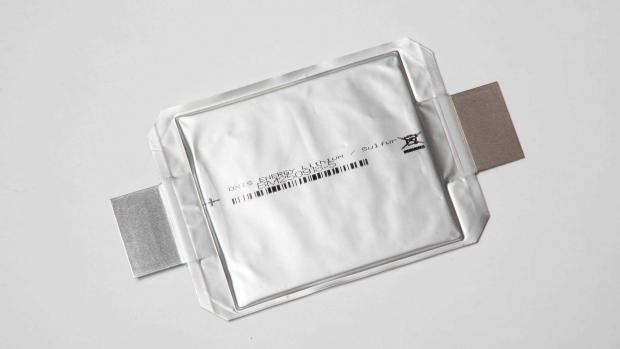
Breaking News
 What They Don't Tell You About Autoimmune Disorders
What They Don't Tell You About Autoimmune Disorders
 Jim Lovell, commander of NASA's Apollo 13 moon mission, dies at 97
Jim Lovell, commander of NASA's Apollo 13 moon mission, dies at 97
 Powerful new oral painkiller blocks signals without sedation or addiction
Powerful new oral painkiller blocks signals without sedation or addiction
 Tesla Gets a Texas Rideshare Network License
Tesla Gets a Texas Rideshare Network License
Top Tech News
 3D printing set to slash nuclear plant build times & costs
3D printing set to slash nuclear plant build times & costs
 You can design the wheels for NASA's next moon vehicle with the 'Rock and Roll Challenge
You can design the wheels for NASA's next moon vehicle with the 'Rock and Roll Challenge
 'Robot skin' beats human reflexes, transforms grip with fabric-powered touch
'Robot skin' beats human reflexes, transforms grip with fabric-powered touch
 World's first nuclear fusion plant being built in US to power Microsoft data centers
World's first nuclear fusion plant being built in US to power Microsoft data centers
 The mitochondria are more than just the "powerhouse of the cell" – they initiate immune...
The mitochondria are more than just the "powerhouse of the cell" – they initiate immune...
 Historic Aviation Engine Advance to Unlock Hypersonic Mach 10 Planes
Historic Aviation Engine Advance to Unlock Hypersonic Mach 10 Planes
 OpenAI CEO Sam Altman Pitches Eyeball-Scanning World ID to Bankers
OpenAI CEO Sam Altman Pitches Eyeball-Scanning World ID to Bankers
 New 3D-printed titanium alloy is stronger and cheaper than ever before
New 3D-printed titanium alloy is stronger and cheaper than ever before
 What is Unitree's new $6,000 humanoid robot good for?
What is Unitree's new $6,000 humanoid robot good for?
 "No CGI, No AI, Pure Engineering": Watch Raw Footage Of 'Star Wars'-Style Speeder
"No CGI, No AI, Pure Engineering": Watch Raw Footage Of 'Star Wars'-Style Speeder
3rd Gen Lithium-Sulfur Batteries From Alise Project Reach 325 Wh/kg

We have already told you about lithium-sulfur batteries. Or Li-S, if you prefer you. Many research institutes deal with them for their potential of being lighter and having more power density than lithium-ion batteries. The Alise Project has recently announced it has created a new prototype that can deliver 325 Wh/kg. Closer to the production version goal of 500 Wh/kg.
Funded by the European Union, the Alise Project has the participation of 16 partners from 5 different countries. Williams Advanced Engineering and Seat are among them, but the company that will produce these batteries is probably Oxis Energy.
The company has already set an agreement with Codemge Participações S.A. to have the first li-s battery production plant in Minas Gerais, Brazil – a state with abundant sulfur mines. Besides that, Oxis has also announced it will have an electrolyte and cathode active material factory at the Kenfig Industrial Estate Port Talbot, in Wales.
Oxis has already produced a 425 Wh/kg li-s battery, but that is the "state of the art," according to Christophe Aucher, principal researcher of the Alise Project. "At Alise, we developed a compromise between lighter, smaller, big enough, and able to work on power – with a faster charging rate. That is why we reached 'only' 325 for the gravimetric energy density," he told InsideEVs.



